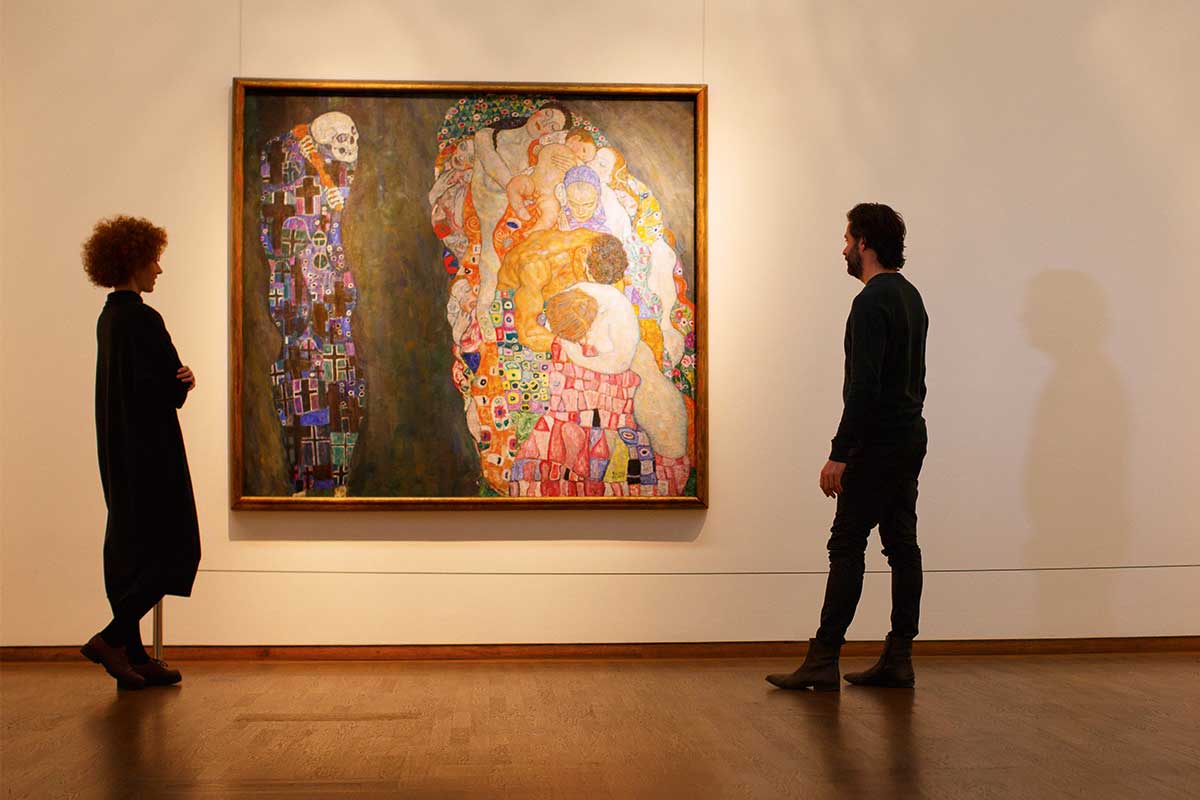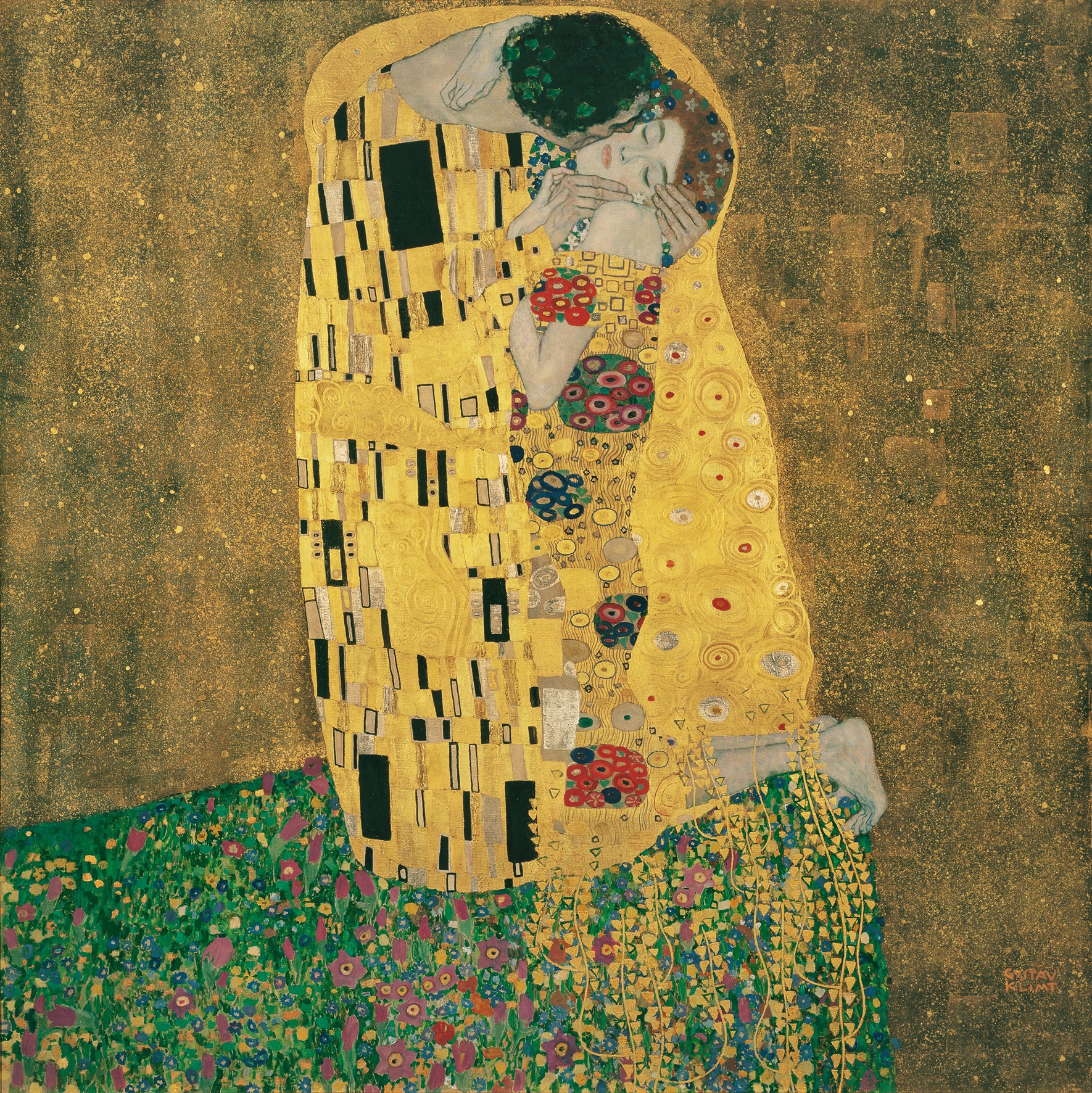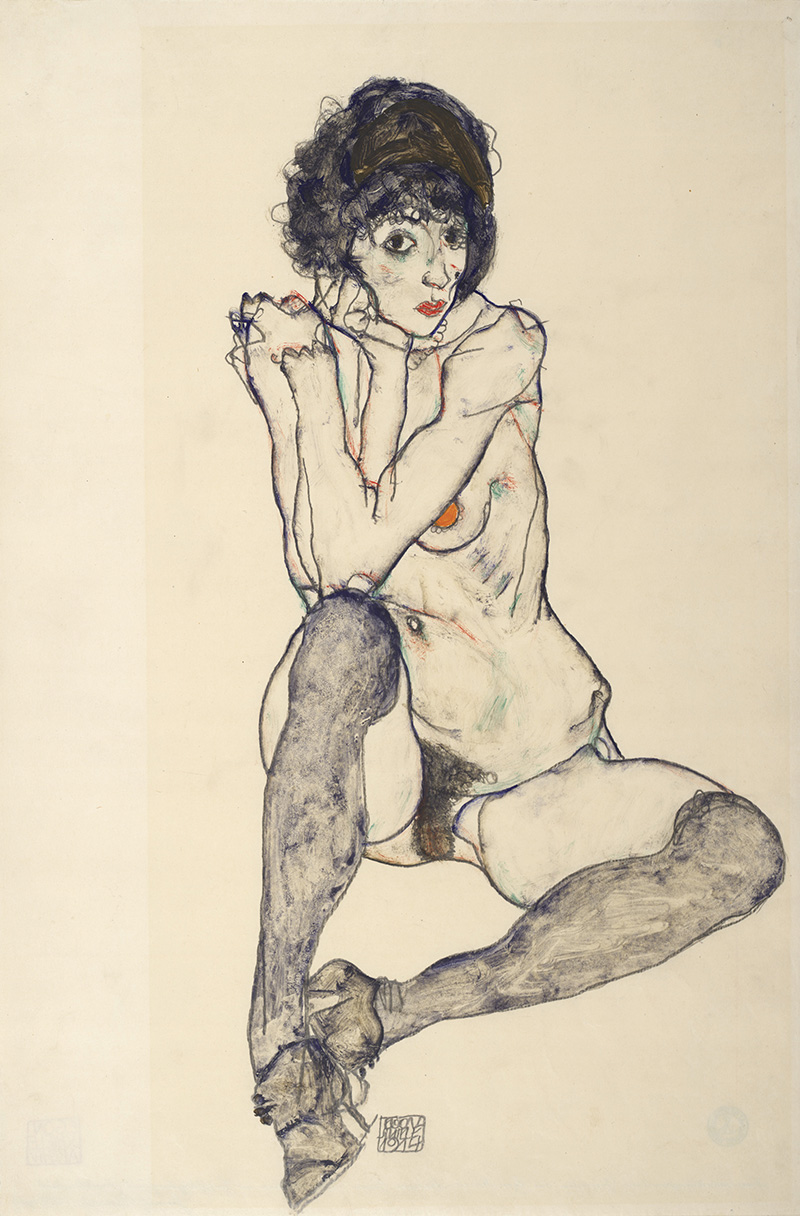This website uses cookies so that we can provide you with the best user experience possible. Cookie information is stored in your browser and performs functions such as recognising you when you return to our website and helping our team to understand which sections of the website you find most interesting and useful.
Rediscover the glittering era of Viennese modernism with the Royal Academy
By Rachel Ingram | 25 July 2018 | Culture
The special exhibit celebrates Klimt, Schiele, Moser and Wagner 100 years after their passing

At the turn of the twentieth century, Vienna was the place to be. The formerly conservative Austrian capital blossomed into the artistic and intellectual heart of the world. Artists, writers, musicians, designers and philosophers flocked to the city in their thousands, making their mark on everything from the buildings to the artistic landscape. For those with a creative mind, there was nowhere better to be.
In the year 1918, however, the bubble burst. The end of WWI signalled a great change in politics, while the creative world lost four of its leading lights – artists Gustav Klimt and Egon Schiele, graphic designer Koloman Moser and architect Otto Wagner, all members of the so-called ‘secession’ group, a somewhat rebellious set of artists and creatives whose influence helped thrust Vienna into the new world.
Now, one century later, the city is celebrating the group’s contributions with a year-long celebration of Viennese modernism. Galleries, palaces and museums across the capital are putting on special exhibits celebrating the magical era. And the celebrations don’t stop at the city borders. In November, the works of Klimt and Schiele will be travelling from Vienna’s Albertina Museum to London for a special show at the Royal Academy of Arts (4 November 2018 – 3 February 2019). Ahead of the exhibit, Tempus travels to the Austrian capital to discover why it’s so important to remember the leaders of modernism – and where you can see their works.
Gustav Klimt
One of the most prominent members of the Vienna secession movement, Gustav Klimt was a modernism pioneer and arguably the most famous artist of the era. The Austrian symbolist painter is best known for his 1907 masterpiece The Kiss, which shows a couple in a powerful embrace, bound together in a cloth of shimmering gold. It’s on display in Vienna’s Upper Belvedere Palace – a beautiful space in which to spend an afternoon exploring – alongside an incredible collection of Austrian art dating from the Middle Ages to the modern day.
Klimt had a particular love for sketching women, which made him one of the greatest masters of eroticism in the history of art. He had a knack for capturing emotion in the faces of his models (many of whom he’s rumoured to have bedded) as they lay in front of him. Currently on display at the Leopold Museum in the MuseumsQuartier is a selection of Klimt’s drawings, sourced with the help of various auction houses, galleries and private collectors around the world. >>

Egon Schiele
Also on display at the Leopold Museum is the work of another prominent artist of the era, Egon Schiele. In fact, the museum houses the most comprehensive collection of Schiele artworks in the world, which enthusiasts can discover at a special anniversary exhibit, Egon Schiele The Jubilee Show, until 4 November. While Klimt preferred to sketch women, Schiele often turned the brush inwards, and this exhibit takes viewers on a journey through his life, exploring the topics of ego, spirituality, sexuality, children and his rocky relationship with his mother. Closing the show is a selection of landscapes and cityscapes – the city of Ceský Krumlov, his mother’s birthplace, is a key focus in this section.
Perhaps some of his strongest works on show are the artist’s self- portraits, which showcase his changing views of himself throughout his life. The pieces are key examples of his signature style of figural distortion, which defied conventional norms of beauty and led him to become a leading figure of Austrian expressionism.
Visitors can also discover Schiele’s work at Vienna’s Museums including the Albertina. Many of these works will be travelling to London for the Royal Academy of Arts’ Klimt / Schiele exhibit in November, alongside a selection of pieces by Klimt.
Koloman Moser
Austrian illustrator-turned-artist Koloman Moser was a founding member of the secession group and a pioneer of ‘modern design’. While Klimt and Schiele tended to focus on creating 2D paintings and sketches, Moser used various types of media to create 2D and 3D works in his distinctive style, which features a lot of geometric shapes and contrasting colours.
However, Moser’s impact went far beyond his personal works. During his time, the artist, alongside architect Josef Hoffmann, founded the Wiener Werkstätte, a group of pioneering artists credited for influencing trends such as Art Deco – an architectural design which later took over the whole of Europe. He was also a teacher at the The University of Applied Arts in Vienna where, until his death, he inspired young minds in the art of modernism. selection of Moser’s works are currently on display at Vienna’s Lower Belvedere Palace and Museum. >>

Otto Wagner
To see the work of Otto Wagner, one simply needs to walk through the city of Vienna. The architect and urban planner made an incredible impact on the capital, not just in regards to archiecture but on the very foundations of the city and how it was run. The Austrian visionary is one of the most significant architects of the turn of the twentieth century and his accomplishments – among them the Postal Savings Bank and the Church of St Leopold – are regarded as milestones on Vienna’s path to modernism.
The City Railway was a major project of Wagner’s and two of the remaining railway pavilions, Otto Wagner Pavillon Karlsplatz and Otto Wagner Hofpavillon Hietzing, are hosting exhibits dedicated to him until 31 October. Those who wish to know more about his incredible life and career can visit a special Otto Wagner exhibit at the Wein Museum until 7 October.
All four protagonists, Klimt, Schiele, Moser and Wagner, played integral roles in helping Vienna transition from a place of historicism to a pioneer of modernism. Those with an interest in modernist greats should not miss out on visiting the Austrian capital where, this year especially, their influence can be felt throughout the museums, galleries and buildings that make up this beautiful city.







